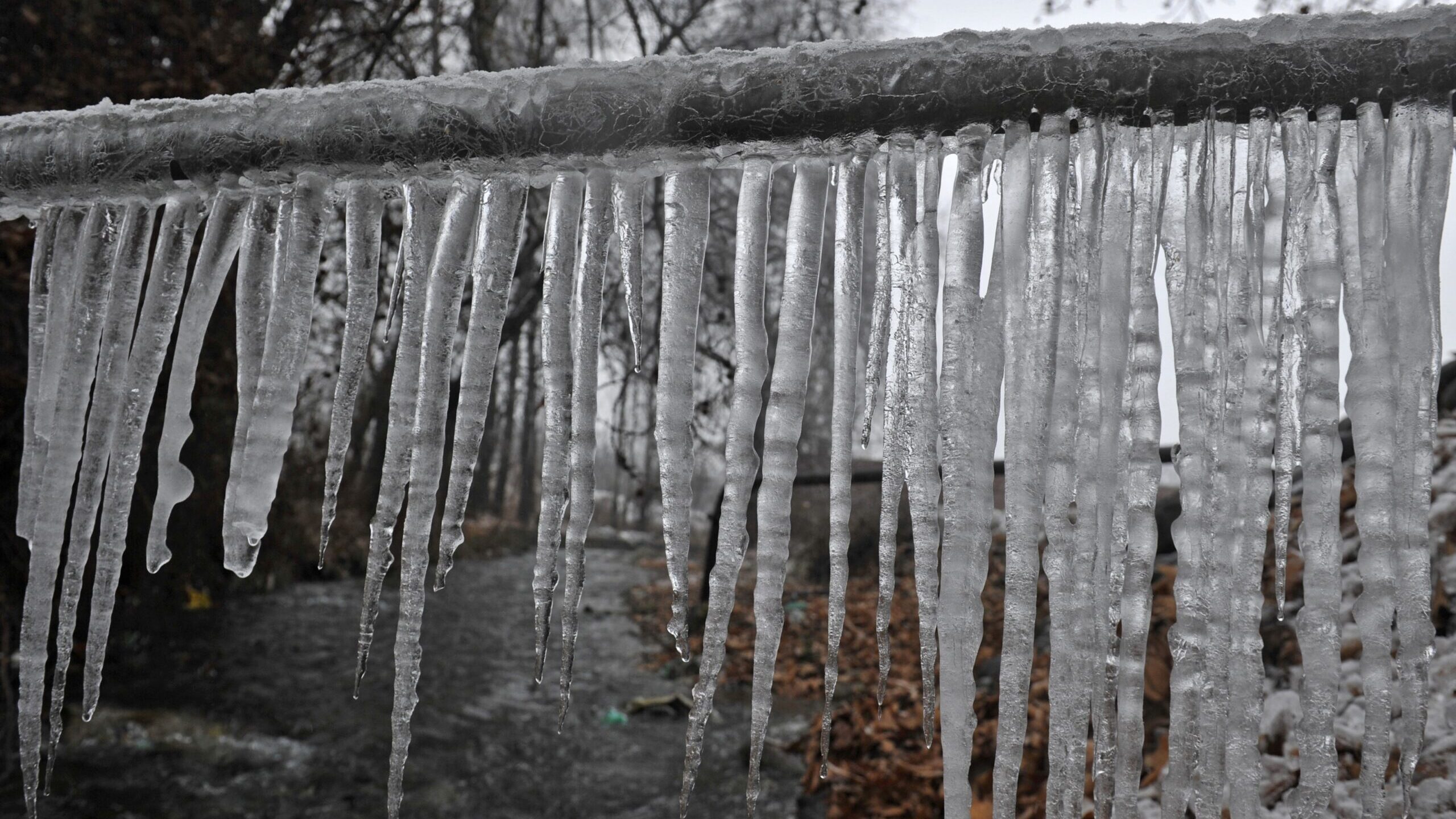Tips to Defend Your Pipes from Cold Weather: Professional Guidance
Tips to Defend Your Pipes from Cold Weather: Professional Guidance
Blog Article
Have you been in search of guidance concerning Helpful Tips to Prevent Frozen Pipes this Winter?

Winter can damage your plumbing, especially by freezing pipelines. Right here's how to stop it from occurring and what to do if it does.
Intro
As temperatures drop, the threat of icy pipelines rises, potentially bring about expensive fixings and water damage. Recognizing just how to prevent icy pipelines is essential for home owners in chilly climates.
Prevention Tips
Protecting prone pipelines
Wrap pipes in insulation sleeves or utilize warmth tape to safeguard them from freezing temperature levels. Concentrate on pipelines in unheated or exterior locations of the home.
Home heating techniques
Maintain indoor areas sufficiently heated, particularly areas with plumbing. Open up cabinet doors to allow warm air to flow around pipelines under sinks.
Exactly how to identify icy pipes
Seek lowered water circulation from faucets, unusual odors or sounds from pipelines, and visible frost on revealed pipelines.
Long-Term Solutions
Structural modifications
Consider rerouting pipes far from exterior walls or unheated areas. Include added insulation to attics, cellars, and crawl spaces.
Upgrading insulation
Purchase premium insulation for pipelines, attics, and walls. Correct insulation aids preserve consistent temperature levels and decreases the risk of frozen pipelines.
Protecting Exterior Plumbing
Yard hose pipes and outside taps
Detach and drain garden tubes prior to winter. Install frost-proof spigots or cover exterior faucets with shielded caps.
Understanding Icy Pipes
What creates pipelines to ice up?
Pipelines ice up when exposed to temperatures listed below 32 ° F (0 ° C) for expanded durations. As water inside the pipelines freezes, it increases, taxing the pipeline walls and possibly creating them to burst.
Dangers and damages
Icy pipelines can bring about water disruptions, property damages, and pricey repair services. Ruptured pipes can flooding homes and trigger comprehensive architectural damage.
Indications of Frozen Piping
Identifying frozen pipelines early can avoid them from breaking.
What to Do If Your Pipelines Freeze
Immediate actions to take
If you suspect icy pipelines, keep taps open to ease pressure as the ice melts. Make use of a hairdryer or towels soaked in warm water to thaw pipelines slowly.
Final thought
Stopping frozen pipelines needs proactive actions and quick responses. By understanding the causes, indications, and safety nets, homeowners can secure their pipes during cold weather.
5 Ways to Prevent Frozen Pipes
Drain Outdoor Faucets and Disconnect Hoses
First, close the shut-off valve that controls the flow of water in the pipe to your outdoor faucet. Then, head outside to disconnect and drain your hose and open the outdoor faucet to allow the water to completely drain out of the line. Turn off the faucet when done. Finally, head back to the shut-off valve and drain the remaining water inside the pipe into a bucket or container. Additionally, if you have a home irrigation system, you should consider hiring an expert to clear the system of water each year.
Insulate Pipes
One of the best and most cost-effective methods for preventing frozen water pipes is to wrap your pipes with insulation. This is especially important for areas in your home that aren’t exposed to heat, such as an attic. We suggest using foam sleeves, which can typically be found at your local hardware store.
Keep Heat Running at 65
Your pipes are located inside your walls, and the temperature there is much colder than the rest of the house. To prevent your pipes from freezing, The Insurance Information Institute suggests that you keep your home heated to at least 65 degrees, even when traveling. You may want to invest in smart devices that can keep an eye on the temperature in your home while you’re away.
Leave Water Dripping
Moving water — even a small trickle — can prevent ice from forming inside your pipes. When freezing temps are imminent, start a drip of water from all faucets that serve exposed pipes. Leaving a few faucets running will also help relieve pressure inside the pipes and help prevent a rupture if the water inside freezes.
Open Cupboard Doors
Warm your kitchen and bathroom pipes by opening cupboards and vanities. You should also leave your interior doors ajar to help warm air circulate evenly throughout your home.

Hopefully you enjoyed reading our excerpt on How to Prevent Your Pipes From Freezing. Thanks for spending some time to read through our short article. Be sure to pause to promote this article if you enjoyed reading it. I recognize the value of reading our article about How to Prevent Your Pipes From Freezing.
Call Today Report this page